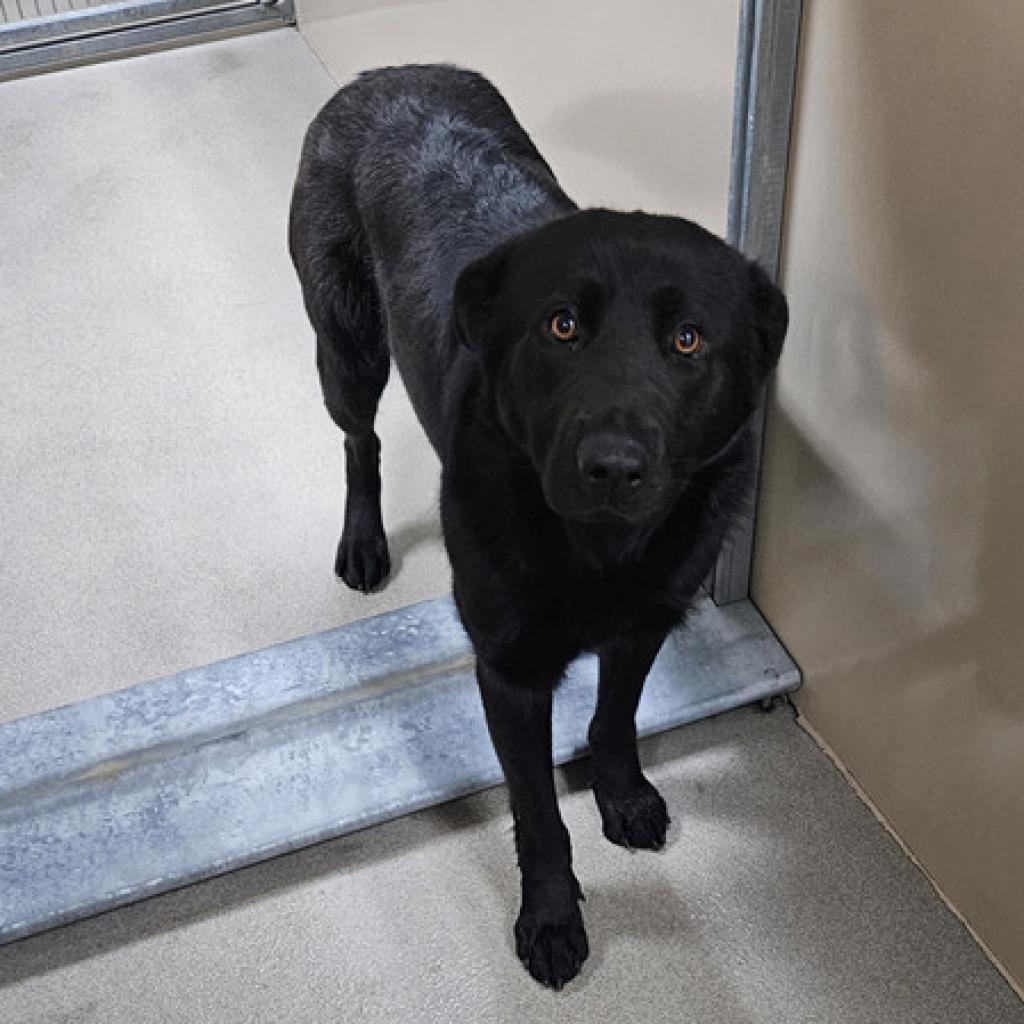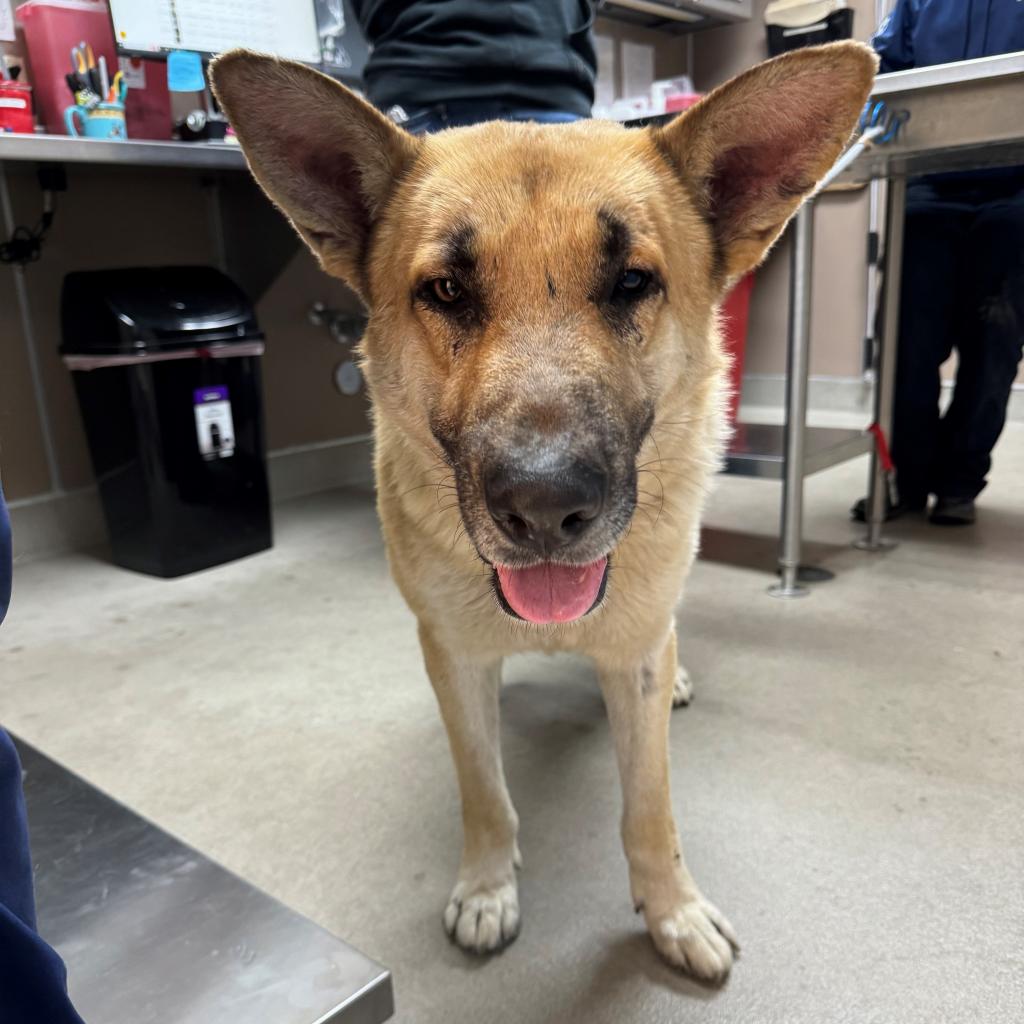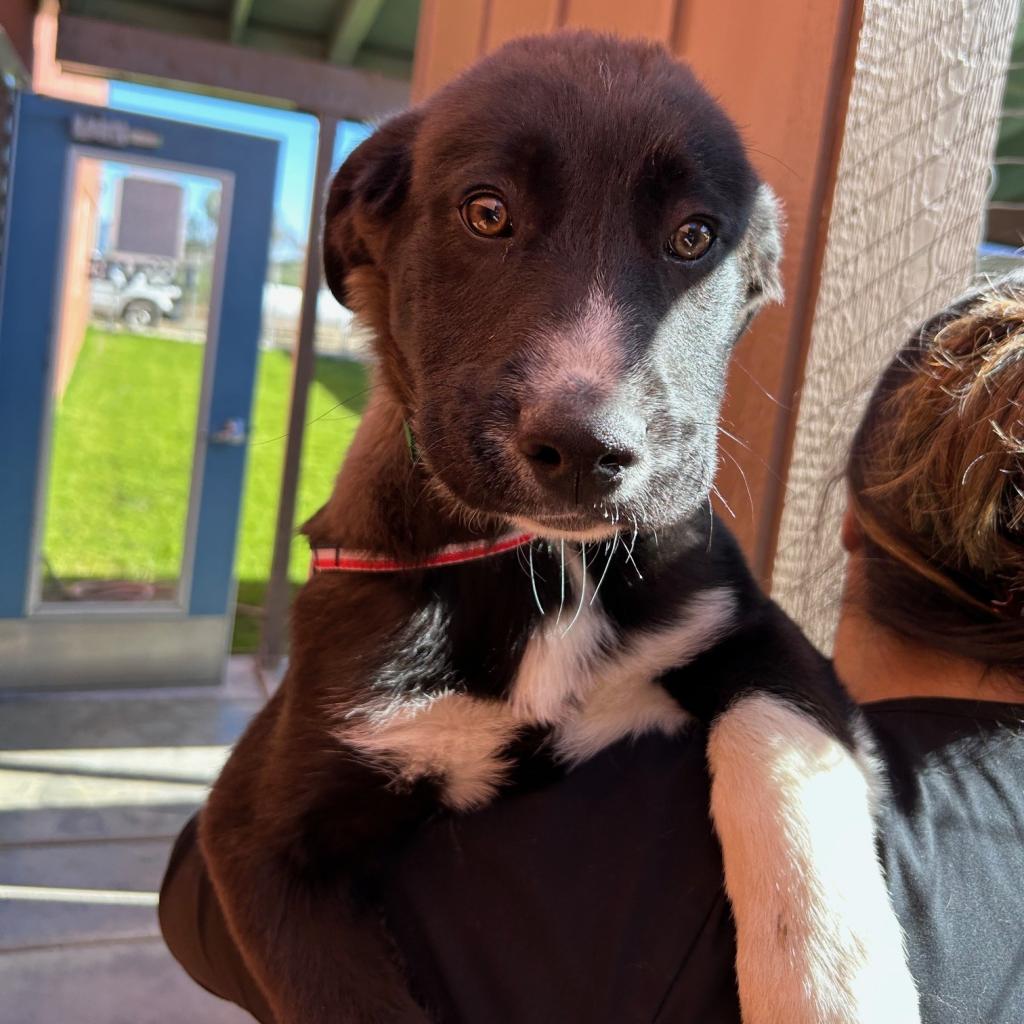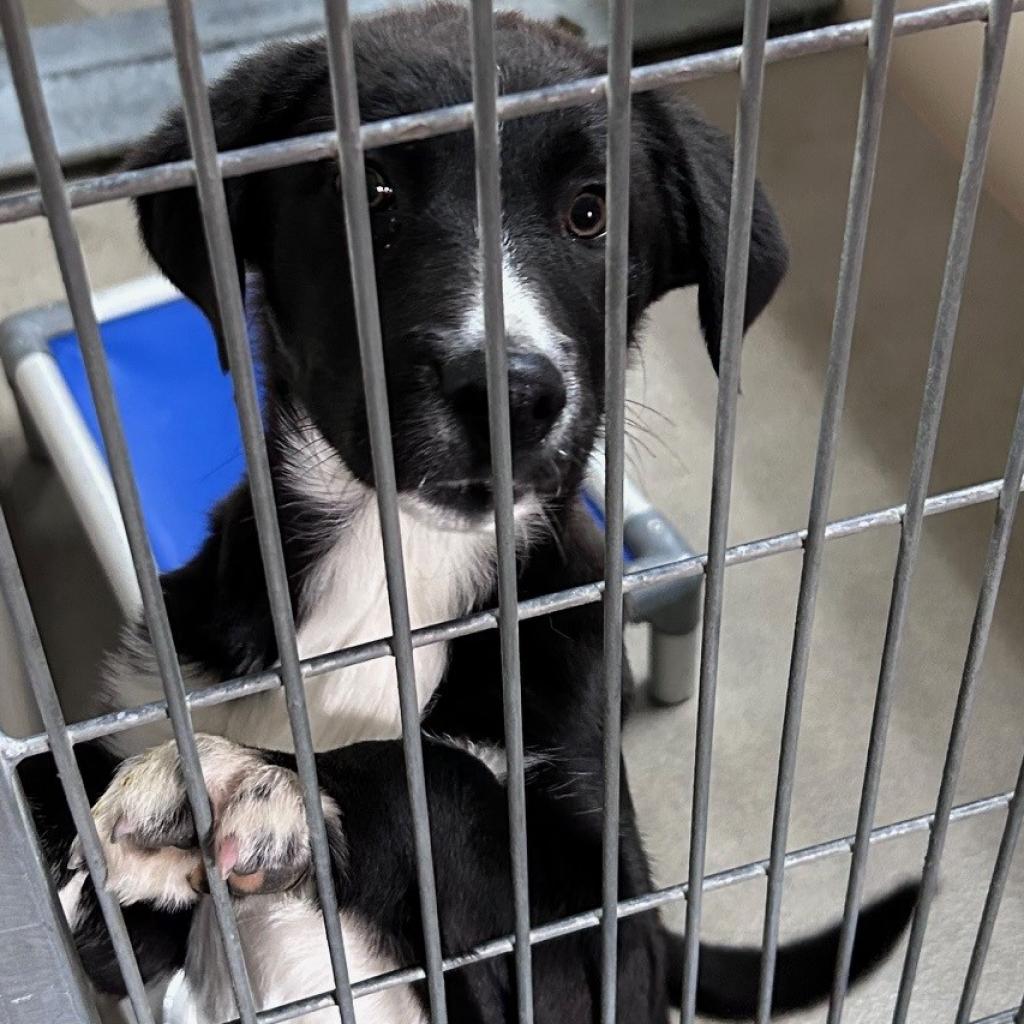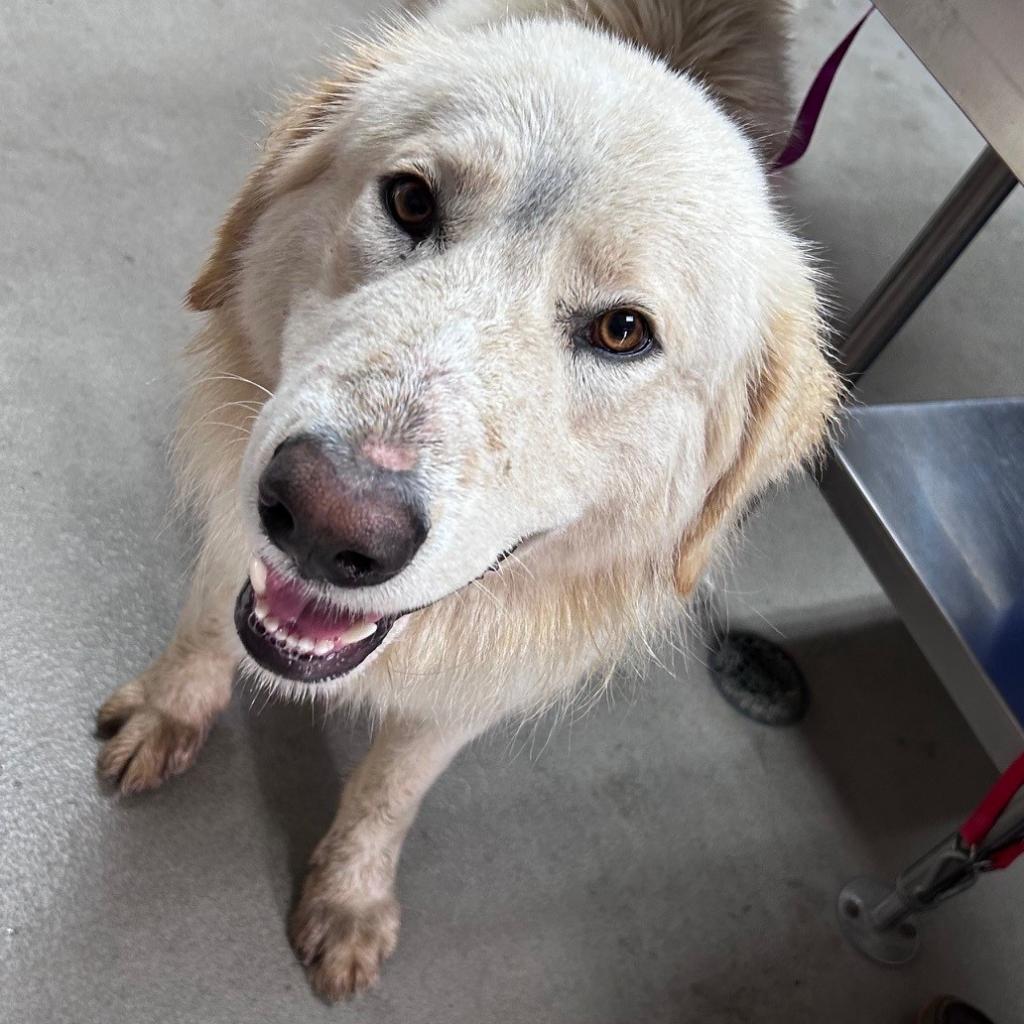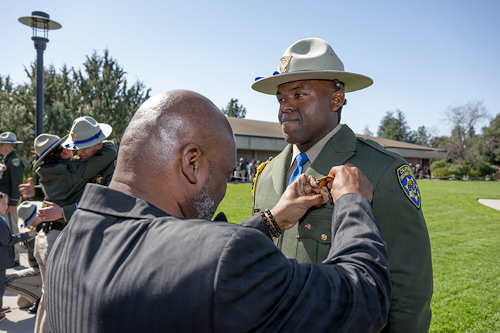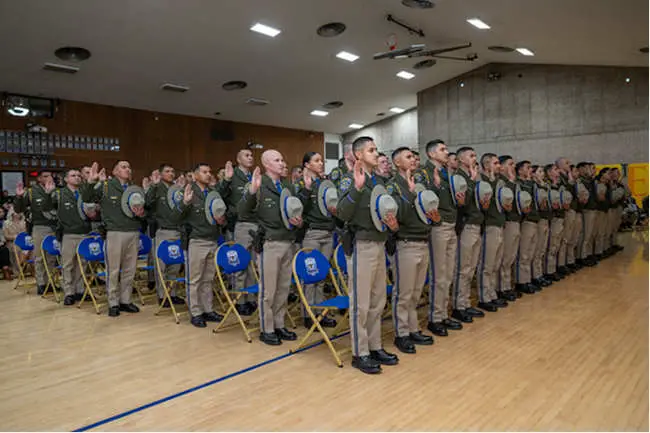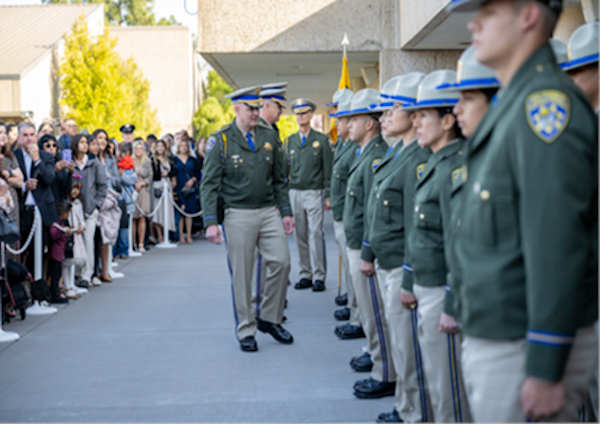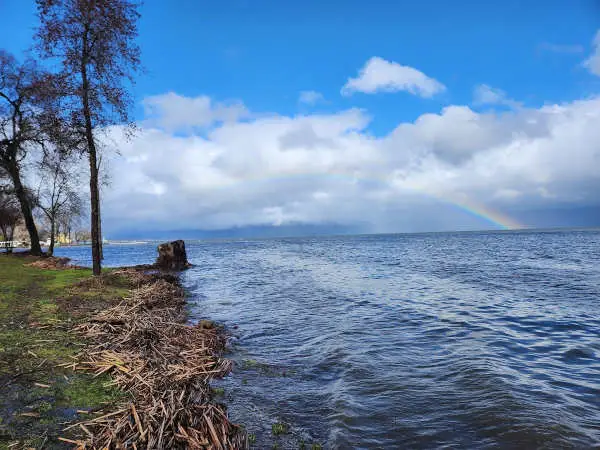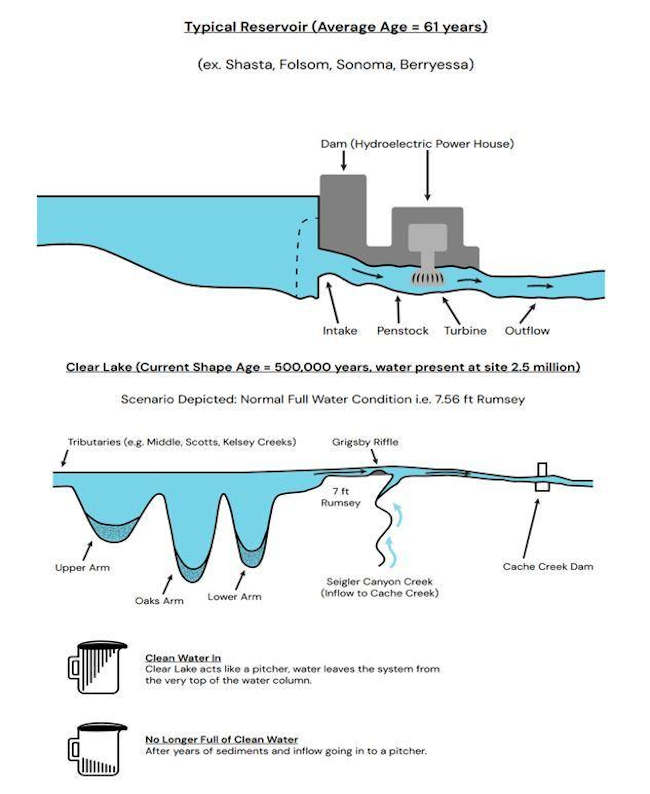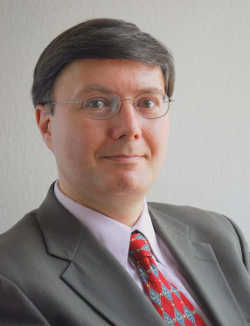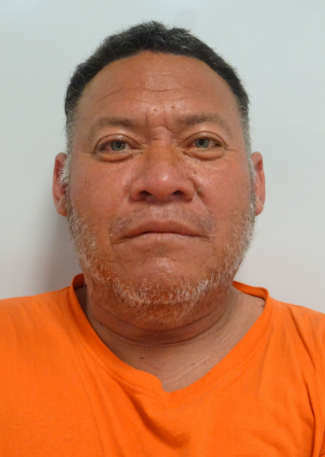- Lake County News reports
- Posted On
‘Women in Education’ event planned at Woodland Community College’s Lake County Campus March 14
The event will be held Thursday, March 14, from noon to 1 p.m. in room 715.
This panel discussion will bring together a dynamic group of women leaders in education to discuss their experiences, challenges and triumphs in education.
New Woodland Community College President Dr. Lizette Navarette will lead the panel, which will include Lake County Campus interim Dean Patricia Barba, Konocti Unified School District Superintendent Dr. Becky Salato, Lake County mental health practitioner and Konocti Unified Board Member Zabdy Neria and Angela Cuellar, Lake County Office of Education QRIS director and early childhood education adjunct instructor for Woodland and Mendocino colleges.
Lunch will be available for purchase at Aromas Café from 11:30 a.m. to 1 p.m.
For more information contact Mary Wilson at 707-995-7913 or This email address is being protected from spambots. You need JavaScript enabled to view it..

 How to resolve AdBlock issue?
How to resolve AdBlock issue? 




